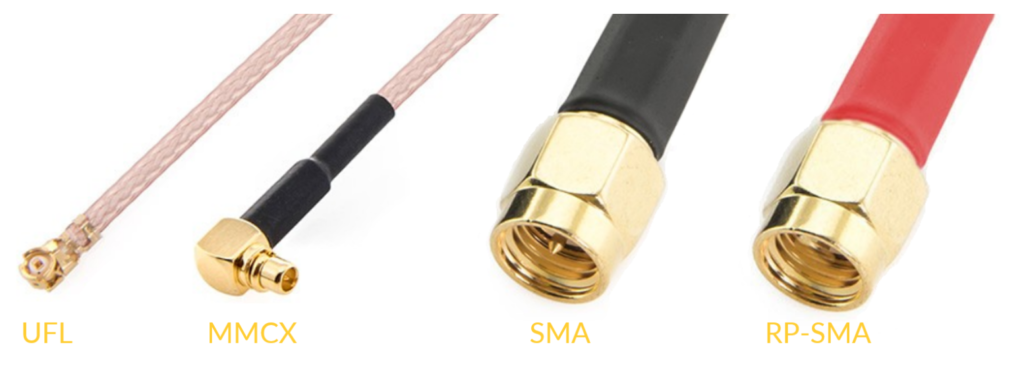VIDEO TRANSMITTER (V TX)
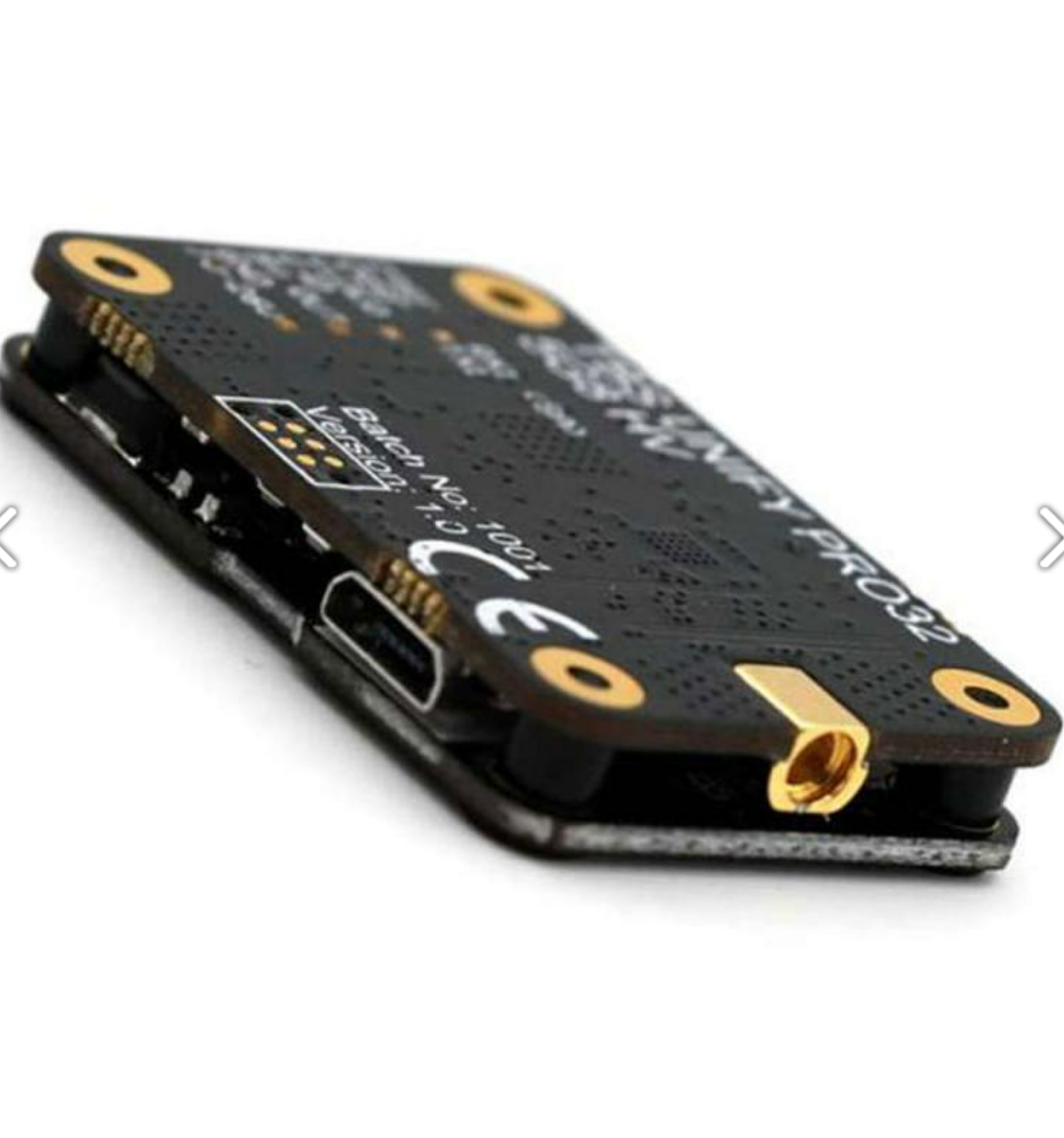
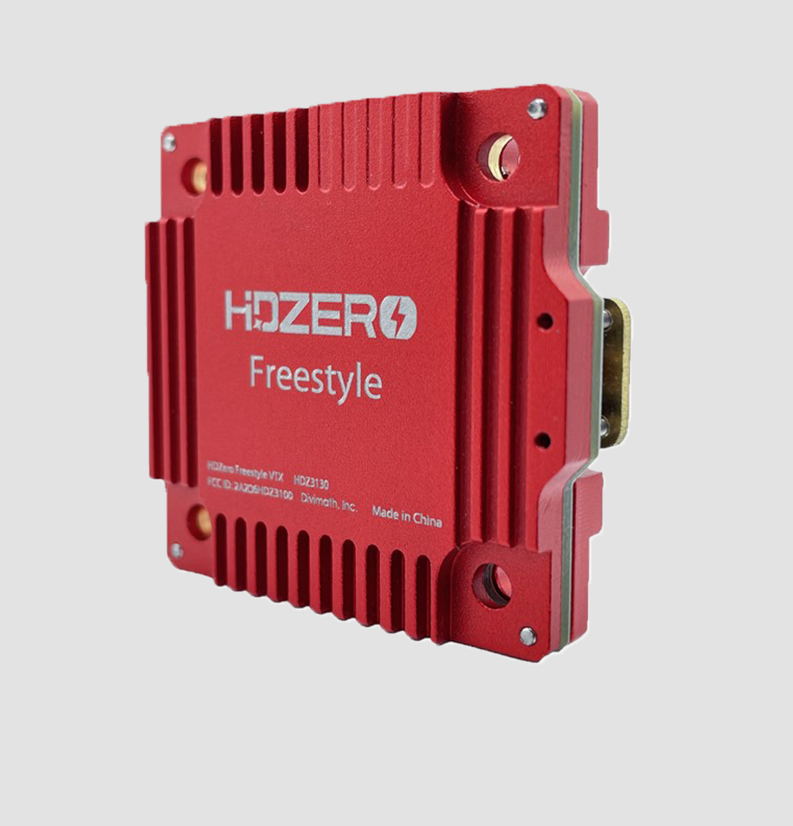
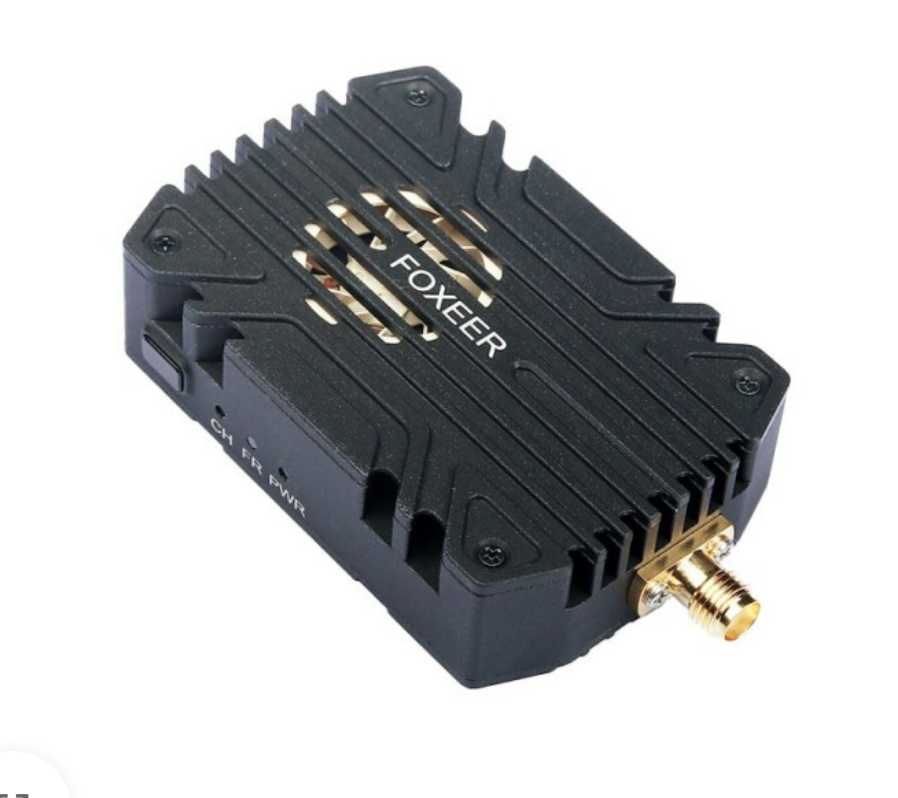
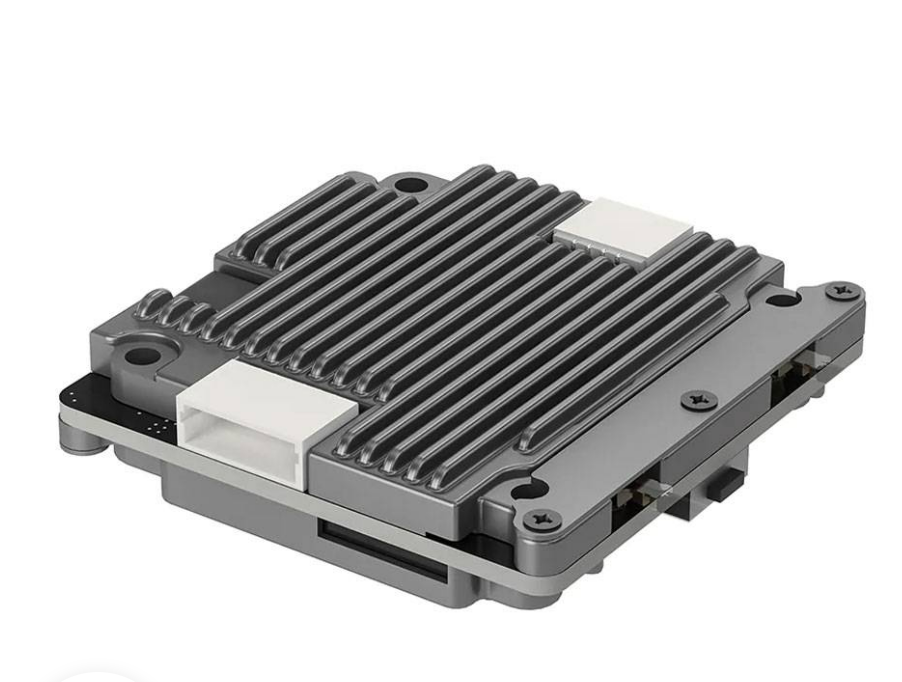
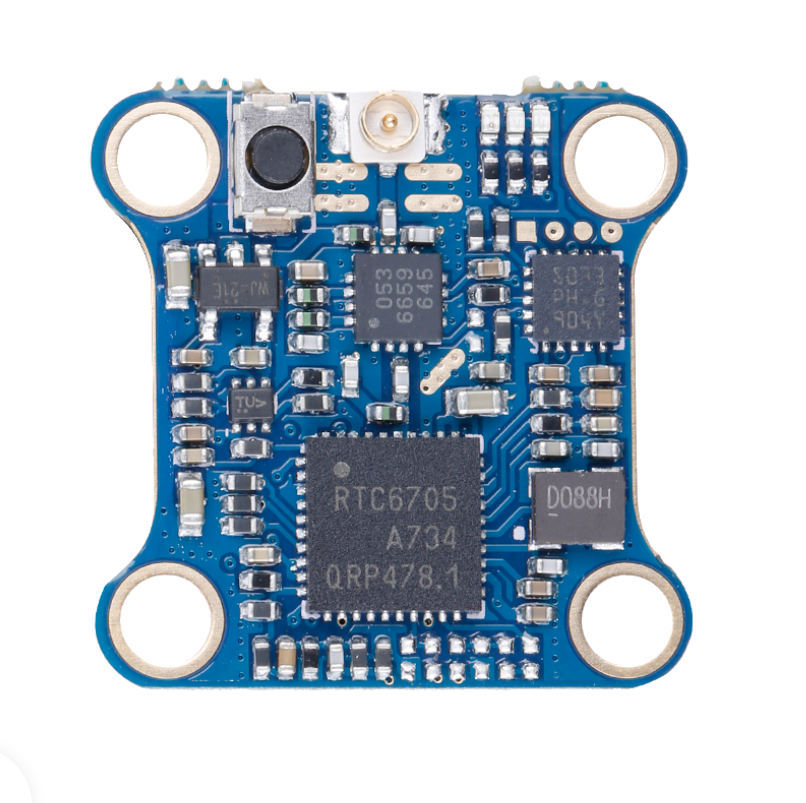
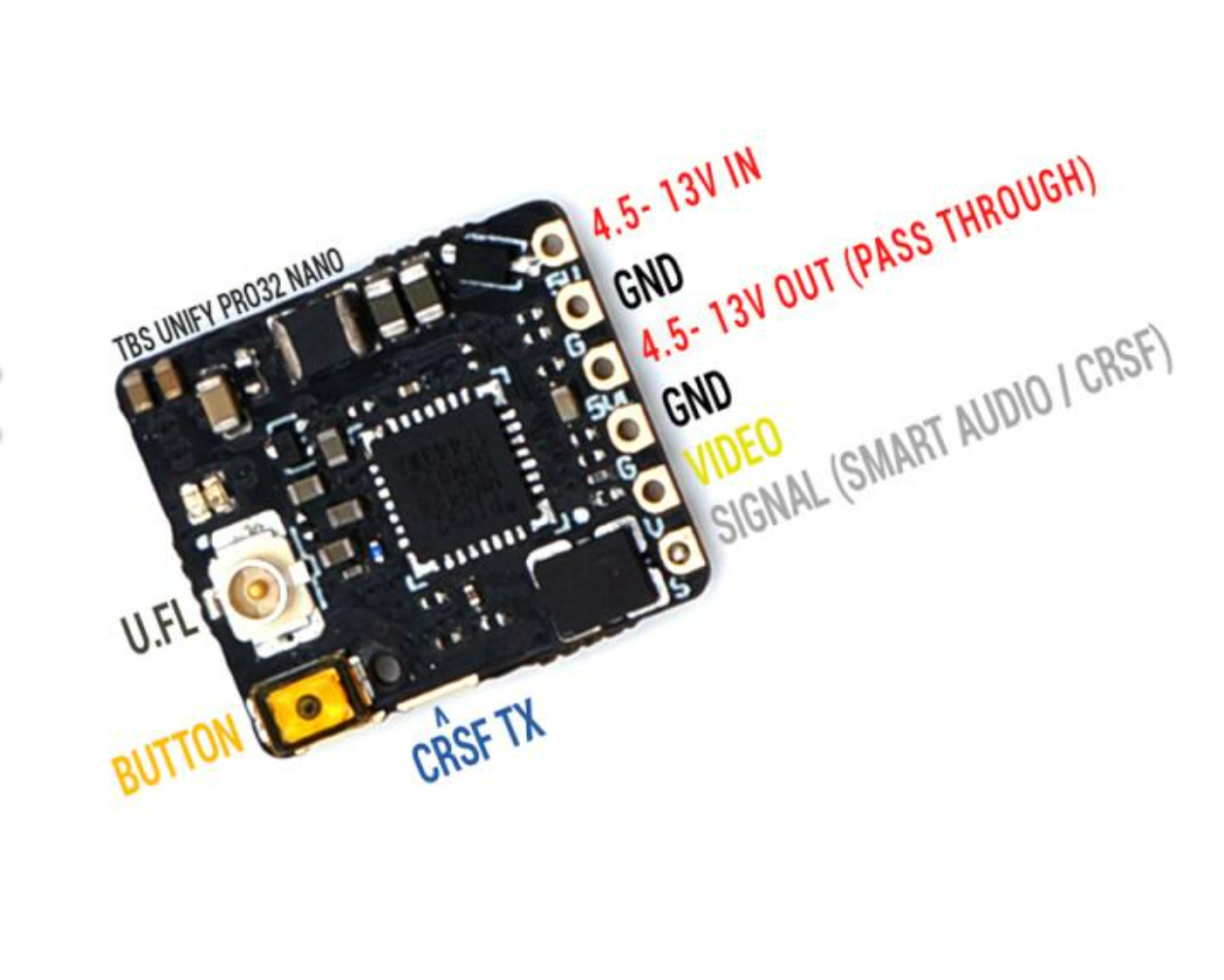
An FPV video transmitter (VTX) is a crucial component that processes the video feed from your FPV camera and transmits it to your FPV goggles . The choice between analog and digital HD transmission affects your overall FPV experience.
Analog And Digital Video Transmission
For analog transmission, it’s crucial to use an analog receiver in your goggles. The primary consideration revolves around selecting the maximum output power of the VTX. Lower output powers, such as 25mW, are well-suited for racing scenarios, while higher powers, like 1W and above, are more appropriate for freestyle, cinematic, etc.
For digital HD transmission, popular options include DJI, HDZero, Avatar, etc. It is crucial that all components (camera, VTX, receiver) are compatible with the chosen digital protocol.
FREQUENCY (BAND/CHANNELS)
Synchronization of your VTX and goggles to the same frequency is crucial. In traditional analog systems, the operation is within the 5.8GHz range, with distinct frequencies organized into Bands (A, B, E, F, R, L) and Channels (1-8). When flying solo, you have the flexibility to choose any frequency. However, issues may arise when multiple quads are airborne simultaneously. If two video transmitters broadcast at frequencies too close together, their images can bleed into each other in your goggles.
OUTPUT POWER
Boosting signal range and penetration is achieved by increasing the output power, measured in milliwatts (mW). Typically, the VTX comes from the factory preset to 25mW, with additional power settings increasing by 200mW, reaching a maximum of 2.5W or higher. It’s important to note that higher output settings generate more heat, and without sufficient airflow, there’s a risk of overheating and potential damage to the board.
VTX Control:
Frequency and output power adjustments can be made using physical buttons on the VTX, remotely through your goggles’ OSD, or via Flight Controller’s firmware.
Types Of Antenna Connectors
FPV video transmitters (VTX) commonly use SMA, RP-SMA, MMCX and UFL connectors for antennas. Ensure compatibility between your VTX and antenna by matching the connector types.
